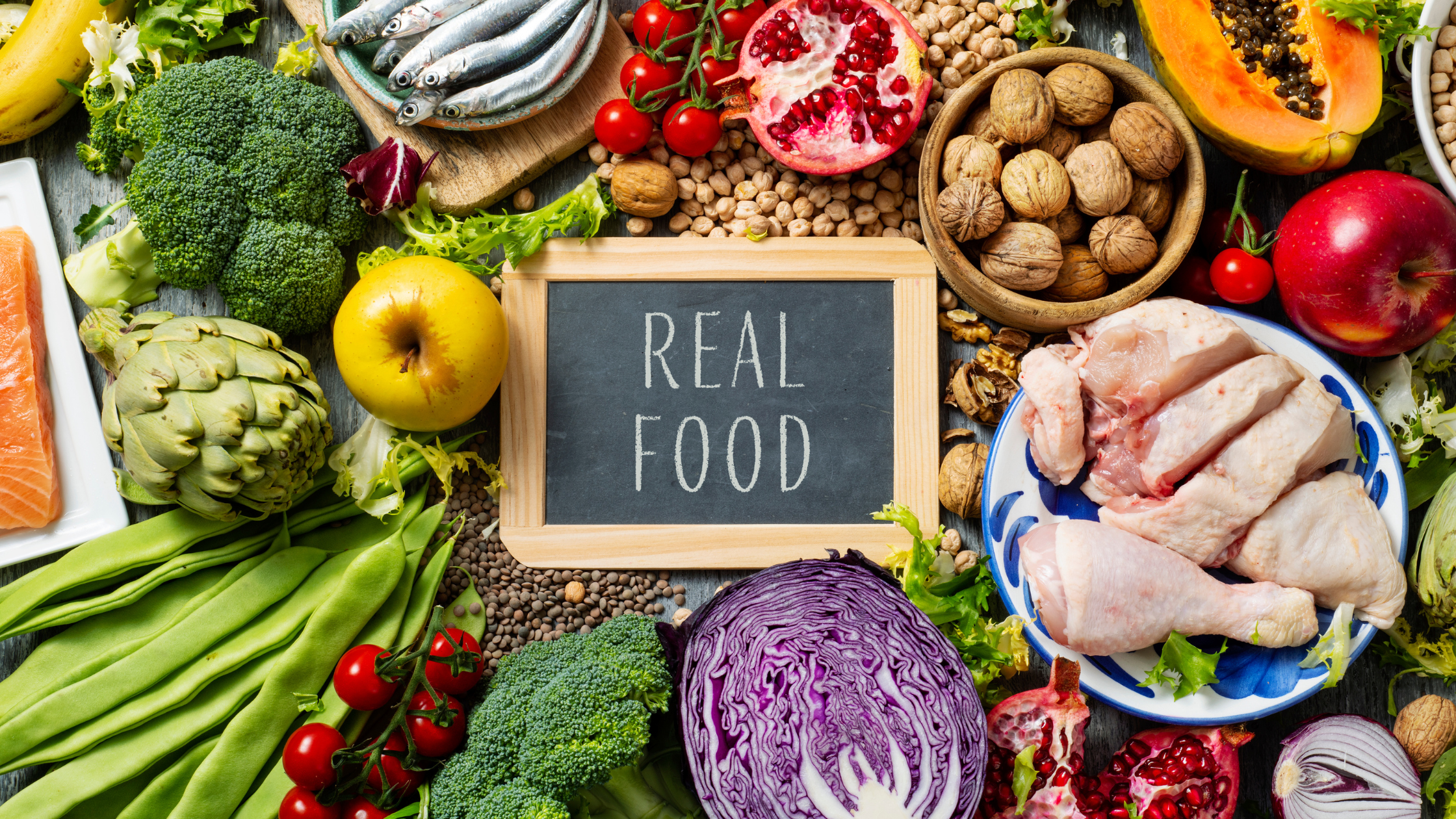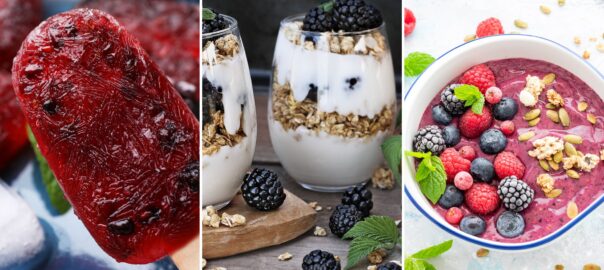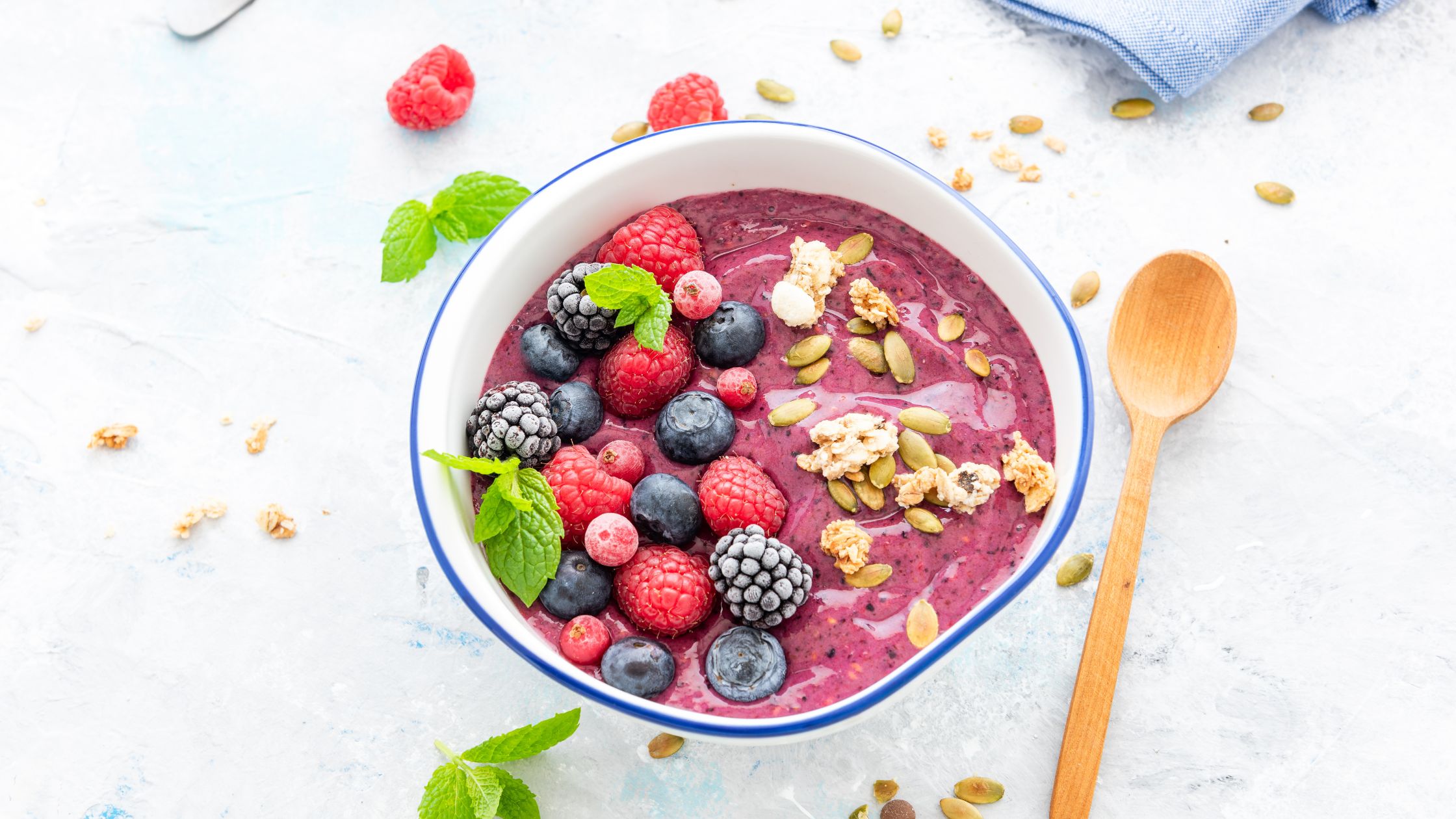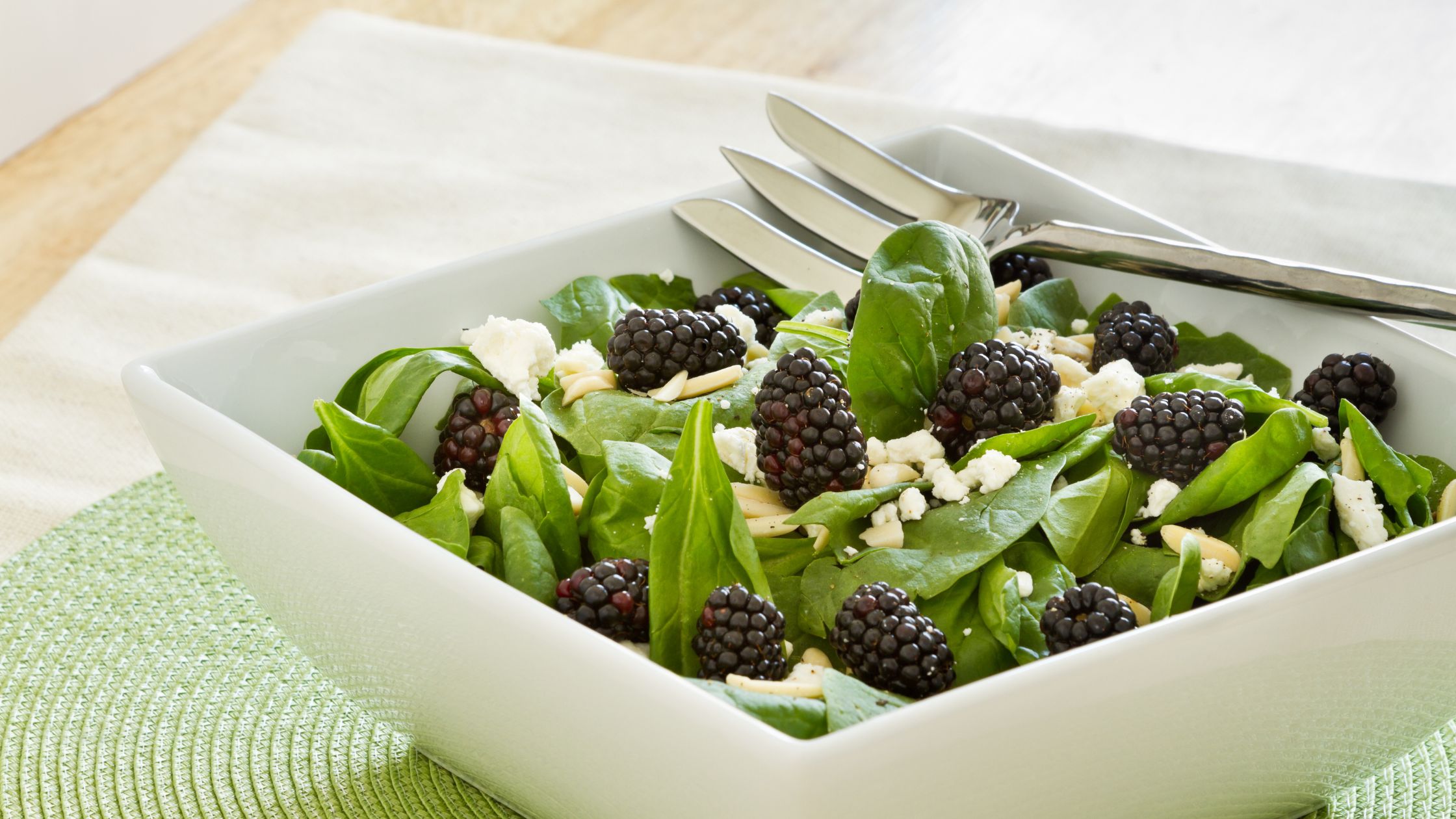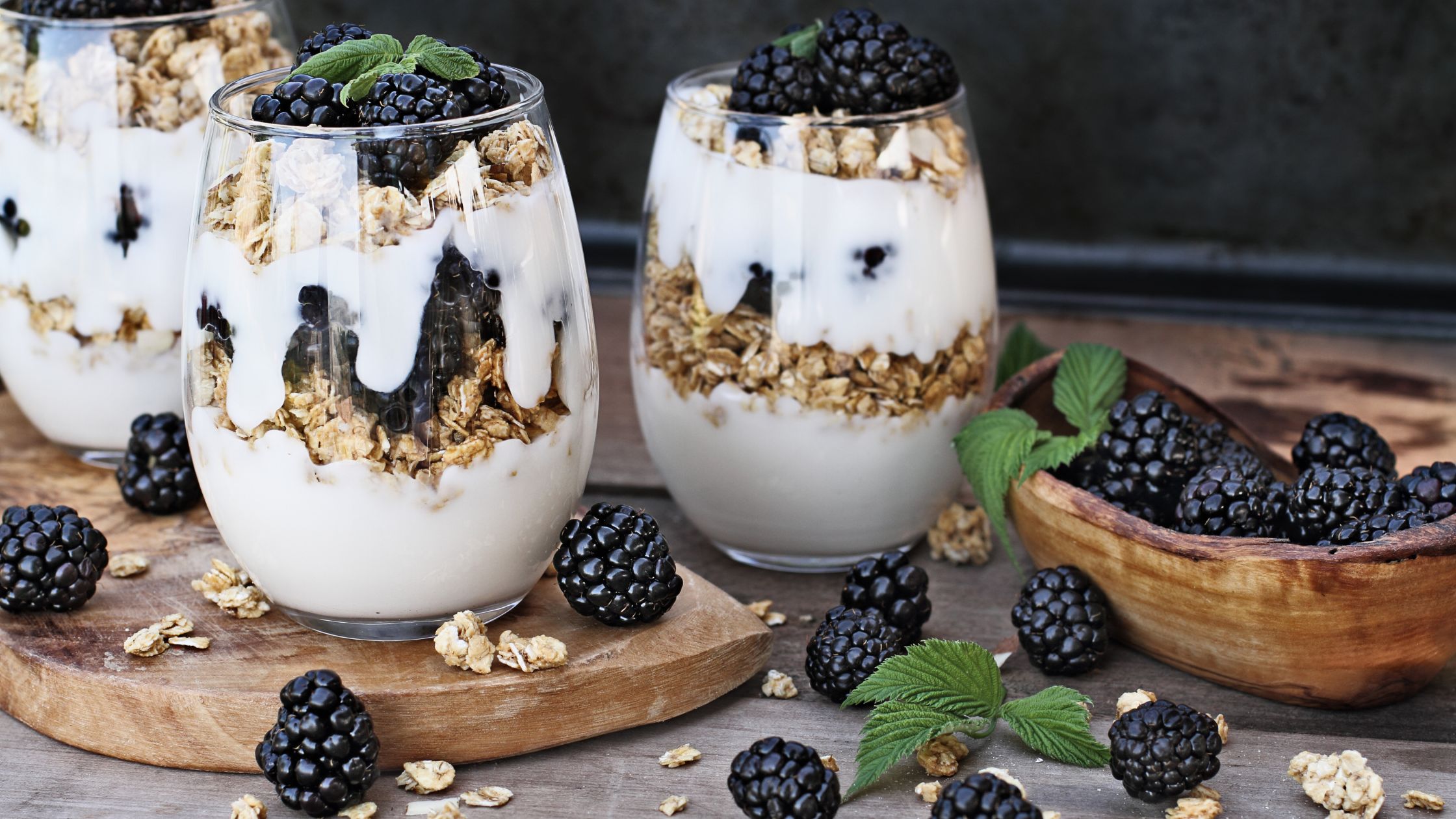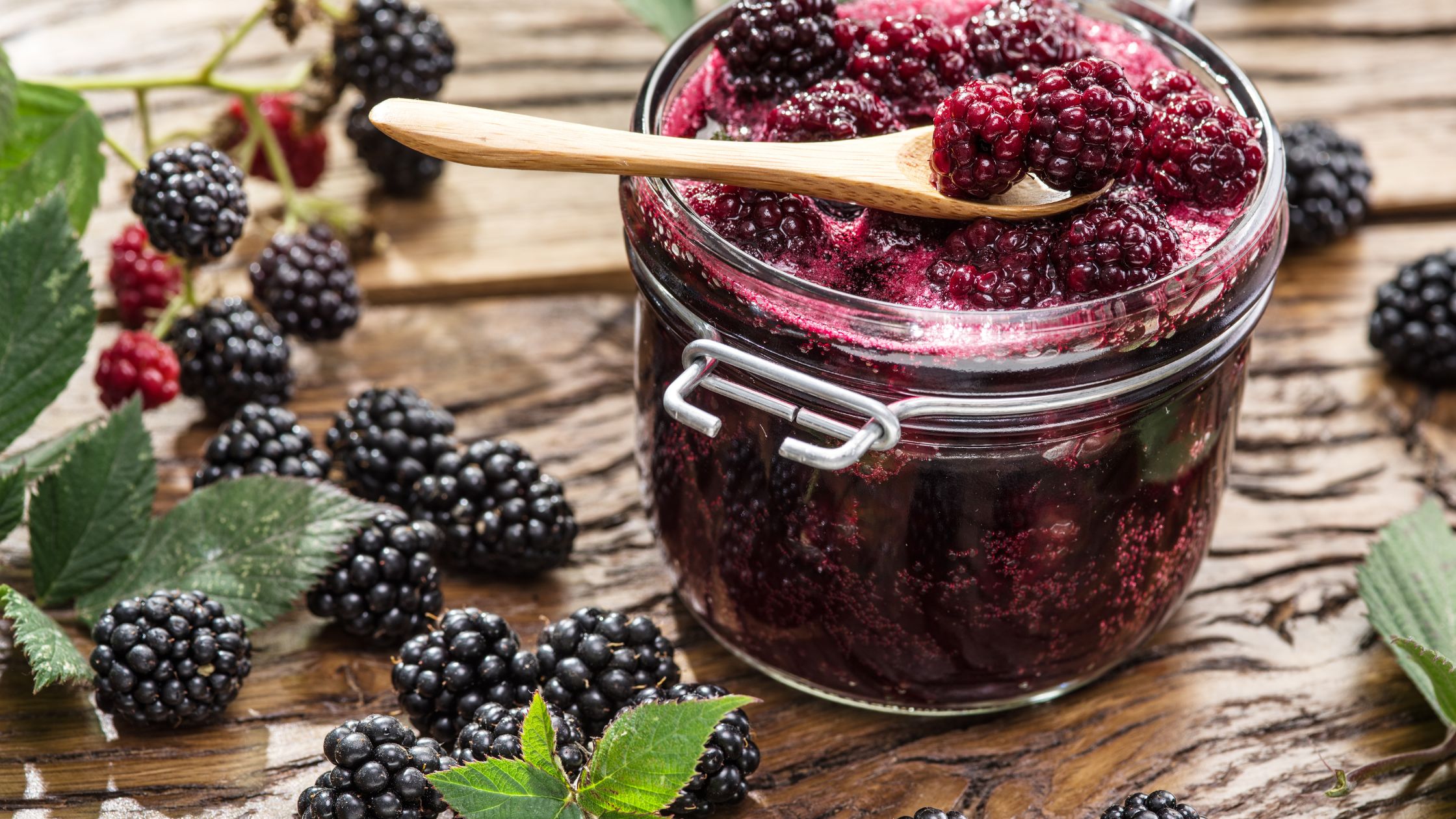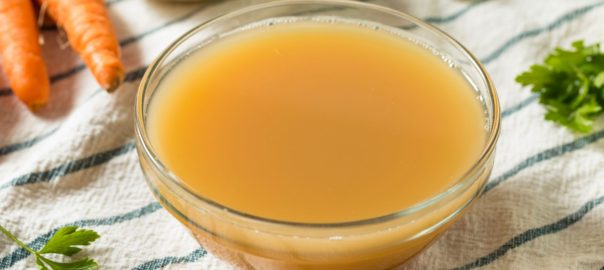For years, the gut was an overlooked aspect of health, but recent research has shed light on its crucial role in overall well-being. A healthy gut doesn't just aid digestion; it influences everything from mood to immune function. As someone who has been supporting people with gut health issues for nearly 20 years, I want to share the top five concerns people have about their gut health and some quick tips for each.
1. Digestive Issues
Digestive issues like bloating, gas, constipation, and diarrhea are among the most common complaints. These symptoms can make daily life uncomfortable and, at times, unbearable. Often, they seem to arise out of nowhere, but more often than not, they are tied to diet.
Quick Tip: Increase Your Fiber Intake
Fiber is essential for a healthy digestive system. Foods rich in fiber, such as vegetables, fruits, beans, and grains, help keep things moving smoothly in your digestive tract. However, it's important to increase your fiber intake gradually. A sudden increase can overwhelm your system, leading to more bloating and discomfort. And don’t forget the importance of water—fiber works best when you’re well-hydrated.
2. Food Sensitivities and Allergies
Food sensitivities and allergies are increasingly common, causing a range of digestive problems, including stomach pain, bloating, and irregular bowel movements. These issues can be frustrating because they’re not always easy to pinpoint. Sometimes, the symptoms may not appear until hours or even days after consuming the offending food.
Quick Tip: Keep a Food Diary
Tracking what you eat and how you feel afterward can help you identify problematic foods. A food diary allows you to make connections between what you’re eating and how your body reacts. Once you identify the foods that don’t agree with you, you can adjust your diet accordingly. This proactive approach can prevent future discomfort and improve your overall gut health.
3. Microbiome Imbalance
Your gut is home to a vast community of bacteria and other microorganisms, collectively known as the microbiome. This community plays a vital role in digestion, immune function, and even mental health. However, when the balance of good and bad bacteria is disrupted, it can lead to digestive issues, weakened immunity, and other health problems.
Quick Tip: Incorporate Fermented Foods
Fermented foods like yogurt, kefir, sauerkraut, and kimchi are rich in probiotics, the beneficial bacteria that support a healthy gut microbiome. Introducing small amounts of these foods into your diet can help restore balance to your gut flora. Start with just a tablespoon or two and see how your body responds. Over time, you can gradually increase your intake.
4. Stress and Mental Health
The gut-brain connection is a well-established concept in holistic health. Stress and anxiety can significantly impact your digestive system, leading to symptoms like stomach pain, nausea, and changes in appetite. Conversely, a troubled gut can also contribute to feelings of anxiety and depression.
Quick Tip: Practice Relaxation Techniques
Incorporating relaxation techniques into your daily routine can help manage stress and, in turn, improve gut health. Practices like deep breathing, meditation, and yoga can calm your nervous system and reduce the impact of stress on your digestive system. Even just a few minutes a day can make a noticeable difference in how you feel, both mentally and physically.
5. Inflammation
Chronic inflammation in the gut can lead to serious conditions such as inflammatory bowel disease (IBD). Inflammation is often triggered by an imbalance in diet, stress, and other lifestyle factors. Left unchecked, it can contribute to a range of health problems, including autoimmune diseases.
Quick Tip: Focus on Anti-Inflammatory Foods
Diet plays a crucial role in managing inflammation. Incorporate anti-inflammatory foods into your meals, such as berries, fatty fish like salmon, and leafy green vegetables. These foods can help reduce inflammation and promote healing in the gut. Remember that many of these foods are also rich in fiber, so if you’re increasing your intake, do so gradually to avoid digestive discomfort.
Conclusion
Caring for your gut is essential for your overall health and well-being. By addressing common concerns such as digestive issues, food sensitivities, microbiome imbalance, stress, and inflammation, you can take proactive steps to maintain a healthy digestive system. Eating the right foods, managing stress, and paying attention to your body’s signals are key strategies for supporting gut health. A healthy gut not only improves digestion but also contributes to a happier, healthier you.


